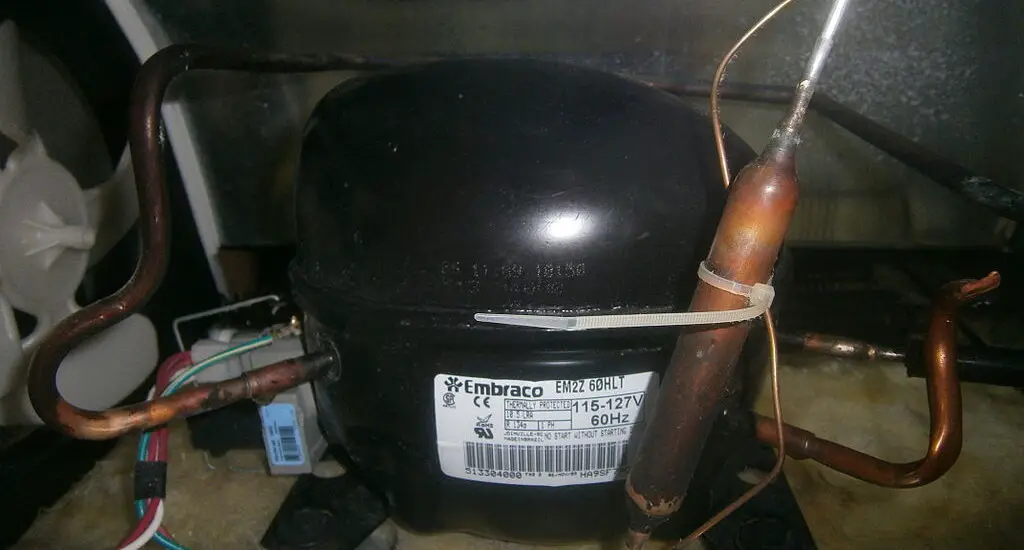If you are grappling with refrigerator compressor burnout, it is critical to understand the issue in depth to find the appropriate solution. This guide will delineate every step in detail, ensuring that even those new to this topic can follow along and take control of the situation.

Table of Contents
Identifying a Refrigerator Compressor Burnout
The first step in resolving the problem is recognizing the signs of a refrigerator compressor burnout. Indicators can include unsettling noises that resemble grunts or clicks, an unexplained increase in your electricity bill due to the compressor overworking, and the fridge failing to maintain the desired temperature.
Furthermore, a noticeable sign could be your refrigerator running continuously without cycling off. This occurs when the compressor is struggling to maintain the set temperature, leading to overuse and, eventually, burnout. Being vigilant and attentive to such signs can preemptively ward off a full burnout, saving you time and resources.
Safety First: Unplug Your Refrigerator
Identifying the potential signs of a refrigerator compressor burnout necessitates immediate action. For your safety, the initial action should always be to unplug the refrigerator. Disconnecting it from the power source will prevent potential electric shocks, protecting you as you inspect further.
After unplugging, give it some time, preferably 15-30 minutes, to ensure any residual electrical charge dissipates. During this time, it is also advisable to remove perishable items from the refrigerator to prevent spoilage.
Inspecting the Compressor
Once safety measures are in place, proceed to inspect the compressor. Situated at the back or bottom of the refrigerator, the compressor is a pivotal component responsible for cooling. Start your inspection by checking the external appearance for any visible damages.
Next, focus on the wirings and connections for any burn marks or tears, signifying a burnout. Utilize a flashlight to inspect hidden nooks and take pictures as evidence for future reference, especially when consulting a technician.
In need of a flashlight? Get this Energizer TacR-1000 LED Tactical Flashlight from Amazon now.
Check out these other articles…
How Does a Refrigeration Compressor Unloader Work?
2-Stage Refrigeration Compressor: Your Comprehensive Guide
Refrigeration Compressor Capacity Control: Your Ultimate 411
Compressor Sweating: Your Complete Guide
Short Cycling of Refrigeration Compressor: Proven solutions
Seeking Professional Help
While your preliminary inspection offers a hint into the issue, seeking professional assistance is crucial. A skilled technician can provide a comprehensive diagnosis and fix the underlying problems effectively.
Prepare to explain the observed symptoms and share the images you captured during the inspection. Doing this facilitates a smoother and faster repair process as the technician will have a clear understanding of the potential issues.
Preventing Future Refrigerator Compressor Burnout
A significant step post-repair is implementing strategies to prevent future burnouts. Routine maintenance, including cleaning the condenser coils with a coil brush, can significantly enhance efficiency and prolong the life of your refrigerator.
You can get this Vanitek Dryer Vent Cleaner Lint Brush from Amazon to clean the condenser coils.
Besides, ensuring that the refrigerator is not overloaded and maintains adequate ventilation prevents overworking the compressor, thereby averting burnouts. Regularly check the thermostat settings to ensure they are at optimal levels, encouraging energy-efficient operation and mitigating the risk of another refrigerator compressor burnout.